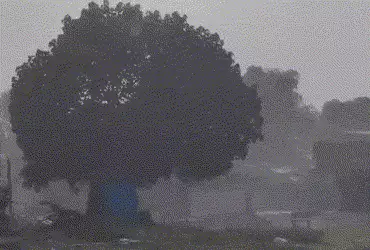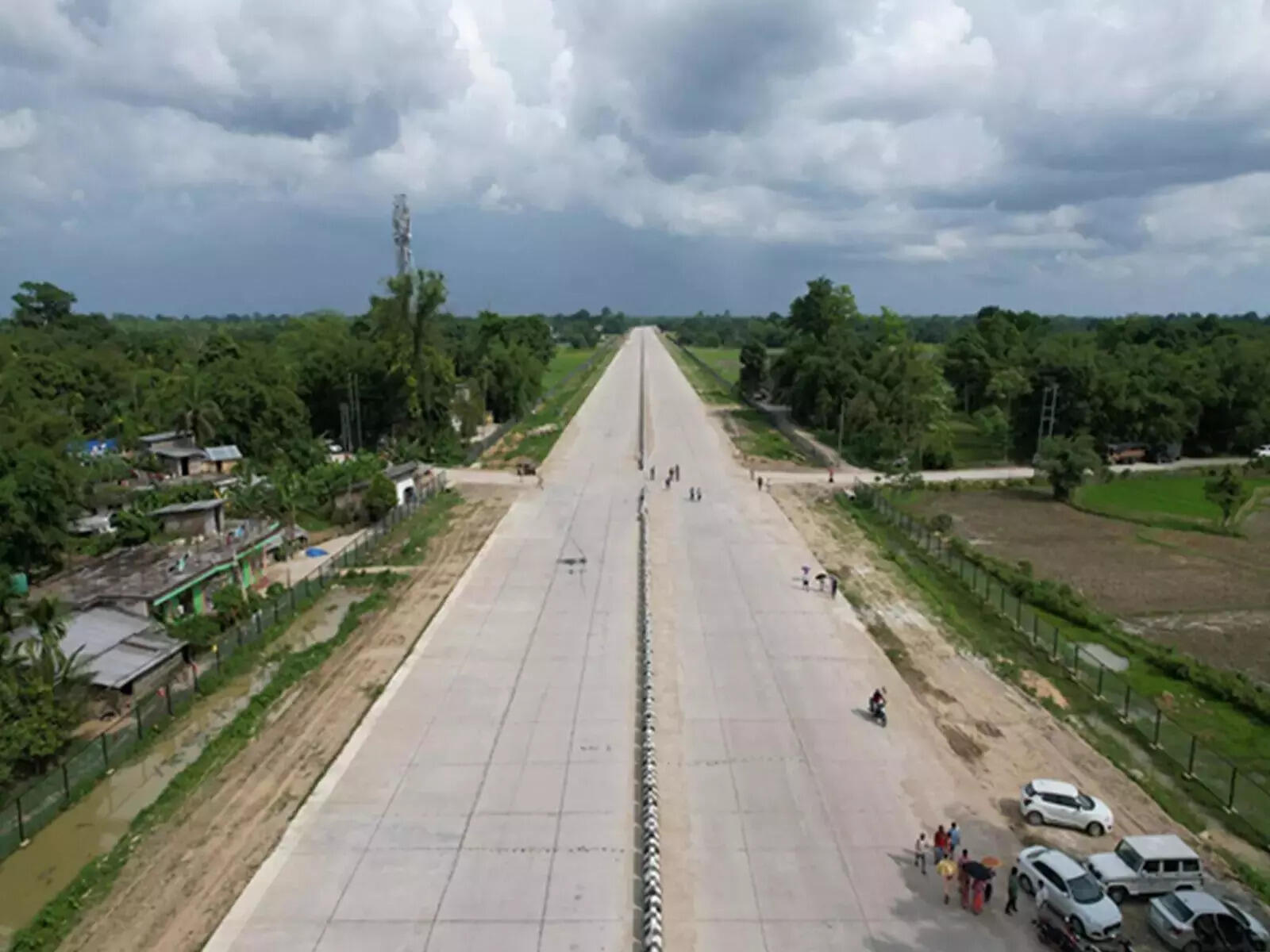Research shows slope direction affects tree cover – this can shape conservation efforts

Join our WhatsApp Community to receive travel deals, free stays, and special offers!
- Join Now -
Join our WhatsApp Community to receive travel deals, free stays, and special offers!
- Join Now -

A team of earth scientists studying the changes and movements of organic carbon in the soil in the Western Ghats came upon a curious disparity in the tree cover distribution on their site. Looking in one direction, there was more tree cover, and the canopy was taller. In another direction, the tree cover was less with a shorter canopy.
The research team quickly realised that the north-facing (N) slopes on their site in this mountain range had higher tree cover than the south-facing (S) slopes, an example of aspect-related asymmetry, where there is an unequal distribution of vegetation across opposing terrain aspects (the compass direction or orientation of a slope). Eventually, they confirmed a similar West-East (W-E) asymmetry on-site.
It was when they also looked at other protected areas in the Western Ghats that a larger pattern emerged. Using satellite imagery and digital elevation models, scientists from the Indian Institute of Science Education and Research, Pune, analysed tree cover and canopy height in 25 protected areas in the Western Ghats across different aspect categories (N, NE, E, SE, S, SW, W, NW). The study revealed that across all protected areas, tree cover and canopy height were the highest in northwest-facing (NW) slopes and the...
Read more
What's Your Reaction?
 Like
0
Like
0
 Dislike
0
Dislike
0
 Love
0
Love
0
 Funny
0
Funny
0
 Angry
0
Angry
0
 Sad
0
Sad
0
 Wow
0
Wow
0























































